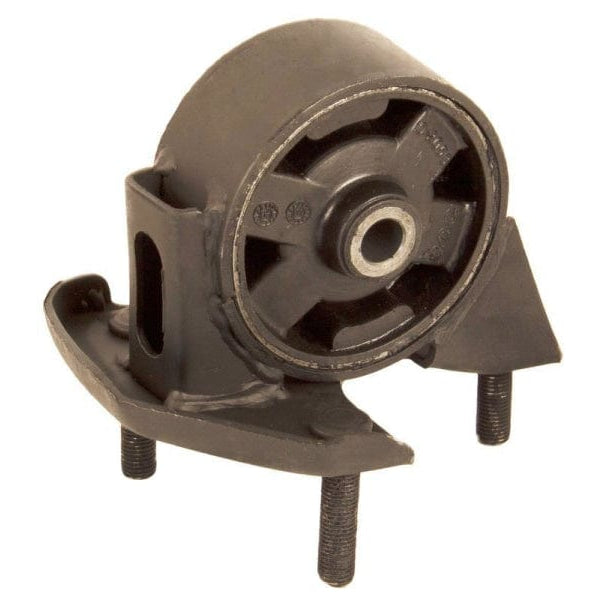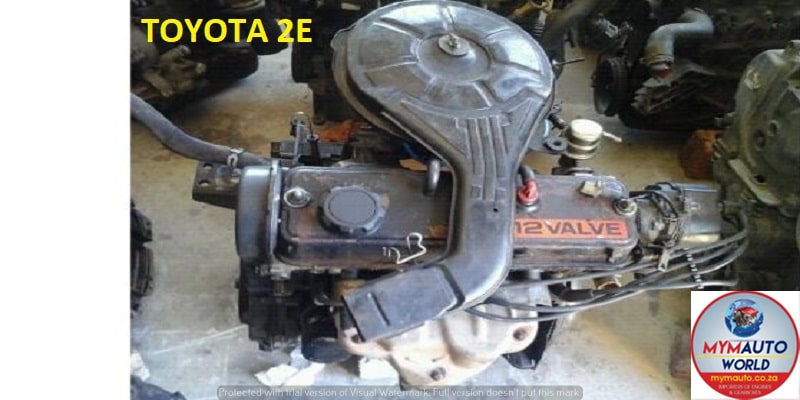Toyota Tazz: A Review of Its Handling, Fuel Economy, and Overall Performance
Toyota Tazz: A Review of Its Handling, Fuel Economy, and Overall Performance
Blog Article
Discover the most up to date Patterns in Engine Modern Technology With Tazz
In the rapidly evolving landscape of vehicle modern technology, Tazz stands at the leading edge, highlighting substantial improvements in engine systems that focus on both development and sustainability. tazz. From hybrid engines that enhance fuel performance to the emergence of hydrogen gas cells, the trends shaping modern powertrains are not just boosting performance but also dealing with critical environmental difficulties. As the sector remains to push limits, it is important to take into consideration how these growths will certainly influence future transportation remedies and the more comprehensive effects for international energy consumption. What exists in advance in this crucial improvement?
Crossbreed Engine Innovations
Hybrid engine advancements stand for a critical change in automotive modern technology, incorporating the benefits of interior combustion engines with electrical propulsion systems. This assimilation not just improves gas effectiveness yet additionally reduces exhausts, conference progressively strict ecological regulations. By utilizing both energy resources, hybrid engines can enhance efficiency, delivering power when required while conserving fuel during less requiring motoring conditions.
Current developments in crossbreed technology include improvements in battery performance and regenerative stopping systems. These developments allow for greater power recuperation during deceleration, which can be rerouted to assist in velocity or power accessory systems. Additionally, suppliers are concentrating on light-weight materials and small styles to make the most of the efficiency of crossbreed powertrains.
The development of plug-in crossbreeds has actually likewise broadened the marketplace, making it possible for drivers to charge their automobiles using conventional electric outlets. This attribute frequently enables for considerable all-electric range, additional decreasing reliance on typical gas. tazz. As the automotive market continues to develop, hybrid engine innovations are anticipated to play a vital role in connecting the space between standard vehicles and fully electric designs, supplying a transitional service that caters to varied consumer requirements and preferences
Developments in Electric Powertrains
The automotive landscape is quickly progressing, with electric powertrains emerging as a leading pressure in sustainable transport. Advancements in electric vehicle (EV) innovation are considerably enhancing efficiency, effectiveness, and user experience. Secret innovations include improvements in battery chemistry, which have actually enhanced power density, minimized billing times, and expanded overall battery life.
Solid-state batteries, for instance, promise to transform the marketplace by offering greater security and performance contrasted to typical lithium-ion cells. Furthermore, innovations in regenerative braking systems are making it possible for vehicles to recoup power during slowdown, contributing to overall efficiency.
Along with battery modern technology, electric motor styles are ending up being much more advanced. Technologies such as incorporated motors and advanced thermal administration systems are helping to maximize power shipment and lower weight, eventually enhancing lorry dynamics.

Jointly, these advances emphasize the dedication to change in the direction of cleaner, extra reliable transportation services, positioning electrical powertrains at the center of automobile innovation.
The Rise of Hydrogen Fuel Cells
Progressively, hydrogen gas cells are getting grip as a viable option to standard inner burning engines and battery electrical lorries. This innovation uses the chemical power kept in hydrogen, converting it right into electricity through an electrochemical response with oxygen. The main by-product of this process is water, making hydrogen fuel cells an eco pleasant choice with no emissions at the tailpipe.

Automakers are significantly buying hydrogen gas cell innovation, acknowledging its possibility for long-range applications and rapid refueling capabilities that measure up to conventional gas. In addition, fields such as sturdy transport and public transit are particularly fit for hydrogen gas cells, where battery electric services may fail because of weight and array constraints.
As research and financial investment remain to expand, hydrogen gas cells are positioned to play a substantial role in the future landscape of clean transportation and energy services.
Enhancements in Internal Combustion Engines
Advancements in interior burning engine (ICE) technology are changing standard vehicles to meet contemporary ecological criteria and efficiency expectations. One of the most considerable improvements includes the integration of advanced fuel injection systems. These systems optimize the air-fuel mixture, boosting burning performance and causing reduced exhausts. Straight gas injection, for example, enables far better atomization of fuel, causing more full burning and enhanced power outcome.
In addition, turbocharging has gotten importance, allowing smaller sized engines to supply greater efficiency without the weight of larger engines - tazz. This innovation not just enhances effectiveness however also adds to reduce fuel usage. Variable valve timing systems are likewise being improved, making it possible for engines to adjust to different driving problems for boosted torque and responsiveness
Additionally, using light-weight materials in engine construction is ending up being basic, additional enhancing gas effectiveness by reducing total automobile weight. Engine control devices (ECUs) are progressively sophisticated, check over here making it possible for real-time modifications that maximize efficiency and exhausts.
These enhancements jointly represent a crucial shift in ICE technology, aligning with worldwide sustainability objectives while still supplying the efficiency chauffeurs get out of their lorries. As the sector develops, these renovations proceed to shape the future of conventional vehicle design.
Future Fads in Engine Performance
Considerable advancements in engine efficiency are prepared for as makers concentrate on integrating sophisticated modern technologies to fulfill rigid environmental guidelines and consumer needs. The shift towards electrification, crossbreed systems, and alternative gas is reshaping the automotive landscape, driving innovations that boost gas economic situation and lower discharges.
One of the vital fads is the application of innovative products and manufacturing techniques. Light-weight compounds and high-strength alloys add to decreased vehicle weight, therefore improving general performance. Additionally, the adoption of turbocharging and variable shutoff timing modern technologies enables enhanced power outcome from smaller sized engines, better improving fuel economy.

Verdict
Technologies in hybrid engine systems, electrical powertrains, and hydrogen gas cells demonstrate a dedication to minimizing emissions while boosting efficiency. Enhancements in internal burning engines and a focus on lightweight materials contribute to overall engine effectiveness.
From crossbreed engines that enhance fuel efficiency to the appearance of hydrogen gas cells, the fads forming modern-day powertrains are not just boosting performance yet also attending to important ecological obstacles.Crossbreed engine innovations stand for an essential shift in automotive modern technology, incorporating the advantages of inner burning engines with electrical propulsion systems.In addition, turbocharging has actually acquired prominence, permitting smaller sized engines to supply higher efficiency without the weight of larger engines. Furthermore, the adoption of turbocharging and variable valve timing modern technologies allows for enhanced power outcome from smaller engines, further enhancing fuel economy.
Enhancements in interior combustion engines and a focus on lightweight materials contribute to overall engine efficiency.
Report this page